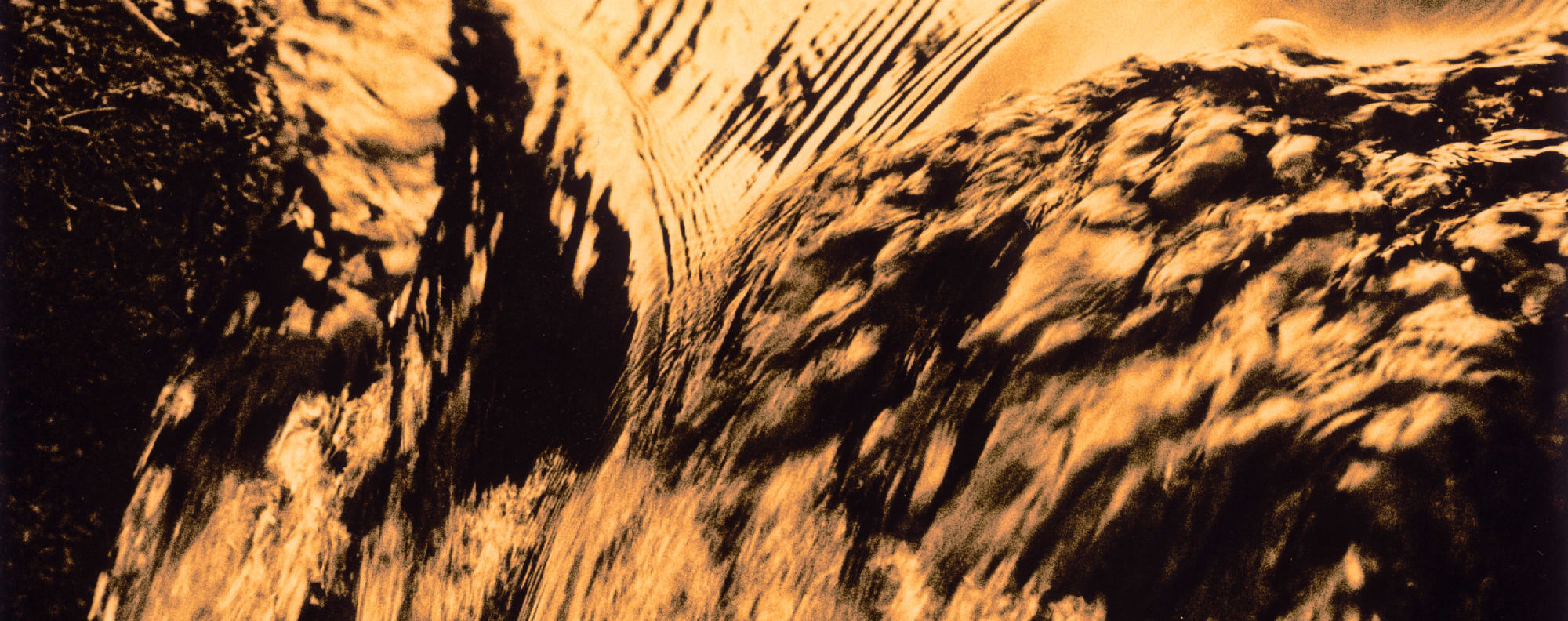On a personal note, I can only say that some of the most memorable, significant and edifying moments in my own photographic education occurred when I had knocked on a photographer’s door, whether home or hotel, and asked to look at some prints. This was how I met photographers like E.O. Hoppe, Bill Brandt, John Loengard, David Montgomery, John Cowan and many others. Not a single photographer was anything less than welcoming and enthusiastic in their advice and support.
In fact, that is how I met David Hurn. I had heard that he was a prominent photographer, a member of the prestigious Magnum Photos collaborative, and I knocked on his door and asked to talk about photography. We have been friends ever since that day in 1967.
And this encounter was particularly propitious for me because David’s flat in Bayswater was already a legendary “doss-house” for itinerant photographers with international reputations. This is where they congregated as they passed through London, fresh from an overseas assignment perhaps, with a batch of fresh prints they were eager to share with like minds. For the next few years, the conversations, over endless cups of tea, at these informal meetings were my master-classes in the best of international photography.
Over the next few years, Creative Camera and Album became stopping-off points for traveling photographers and we learned a great deal from Lee Friedlander, Robert Frank, Eikoh Hosoe, Paul Strand, Beaumont Newhall, Jean-Philippe Charbonnier, VanDeren Coke, Bernard Plossu, plus many of those already mentioned and a host of others from all over Europe, including Czechoslovakia and Poland.
And let me be clear in my intentions for dropping names. These photographers brought with them, in addition to their own work, rich and diverse backgrounds which added a wealth of information about the state of the medium at the time.
Even beyond this “educational” advantage, however, personal contacts performed an even wider, deeper function. The photographers talked about the other photographers they had met on their travels. They talked about who was doing good work, who was worth watching, who was beginning to make major contributions to the medium, and gradually with enough photographers talking about them over a period of time, new reputations emerged. A personal example of how this grapevine worked is that I would never have heard of Roger Mayne without other photographers bringing him to my attention. Roger eschewed professional assignments and remained virtually unknown to the wider community.
In the absence of status-awarding institutions, therefore, the photographers themselves created reputations among the next generation. They were rarely wrong. Contrast that with the scene today where it is nearly always non-photographers who are the creatorsof “Names.” But that is another story…
The crucial point, which cannot be overemphasized, is that the best of British photographers were active participants in an international free-flow of images andinformation, either through publications or personal contact.
Which brings me to the beginnings of Creative Camera, the second part of my assignment.
Since 1959 I had been writing regularly for practically all the photographic journals as well as any other interested periodicals. One of the photo-magazines to which I occasionally contributed was called Camera Owner.
It was edited by Jurgen Schadeberg, a fine photojournalist who had worked with Tom Hopkinson in the great days of Drum in South Africa.
But Camera Owner was nothing like Drum. It was sold through subscription leaflets enclosed with the packet of prints which snap shooters picked up from the local chemist. It offered tips on how to photograph your pet or child; it was aimed at such a photographic novice that writers were told they could not mention f numbers for fear of confusing the readers. I wrote the occasional article for Jurgen – and even got paid now and again, if I remember rightly. One day Jurgen told me he was fed up with the chore of producing a monthly magazine and that he was quitting. So I stepped into the job, more or less by default. It was not long before the publisher, Sylvester Stein, said the magazine was folding. Intrigued, I told him I had always wanted to edit my own magazine if he wanted to give it to me. I had no money and even less chance of acquiring any. While I was still pleading with Stein, a fairy godmother walked into my life, in the unlikely form of Colin Osman.
